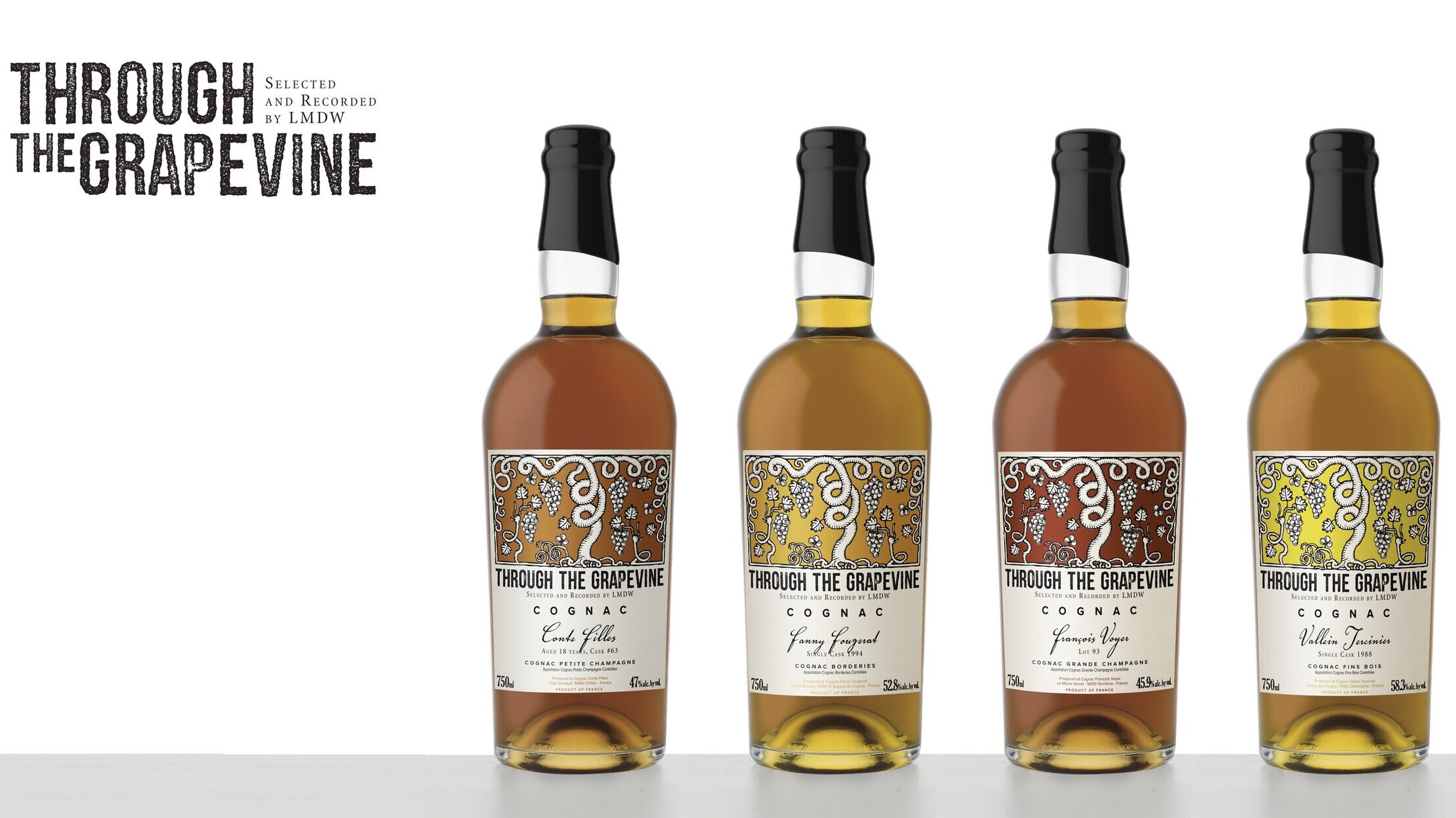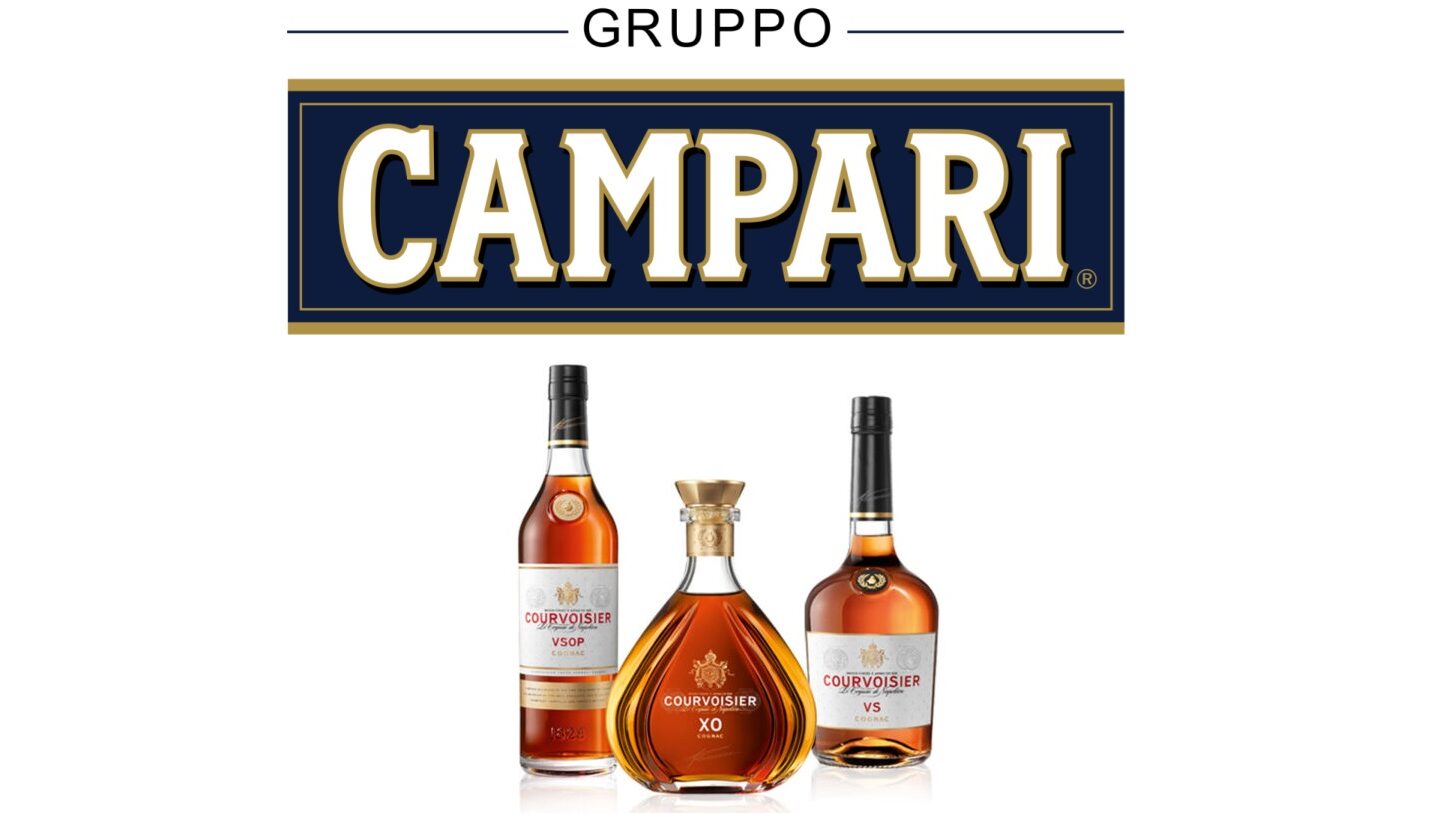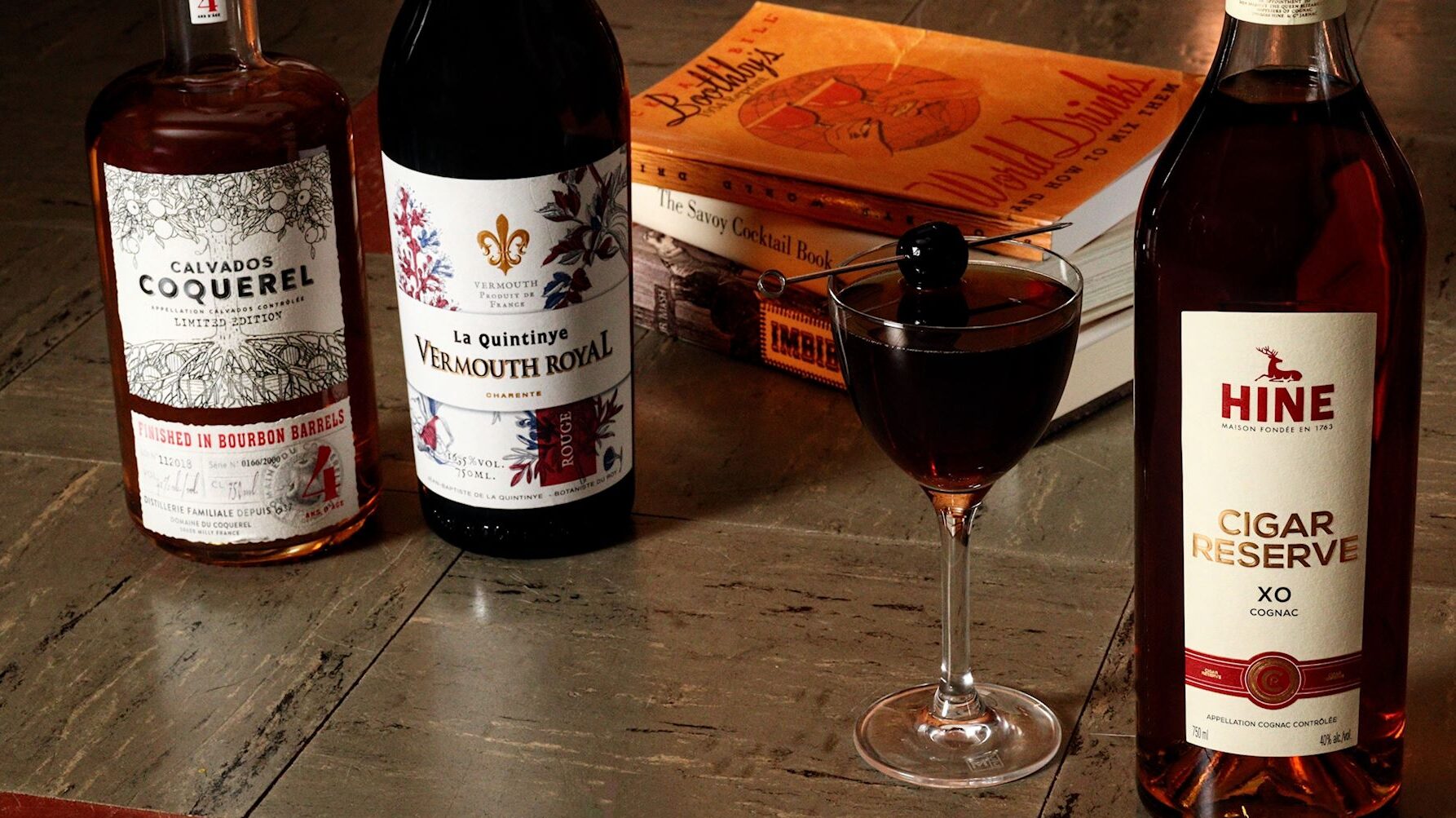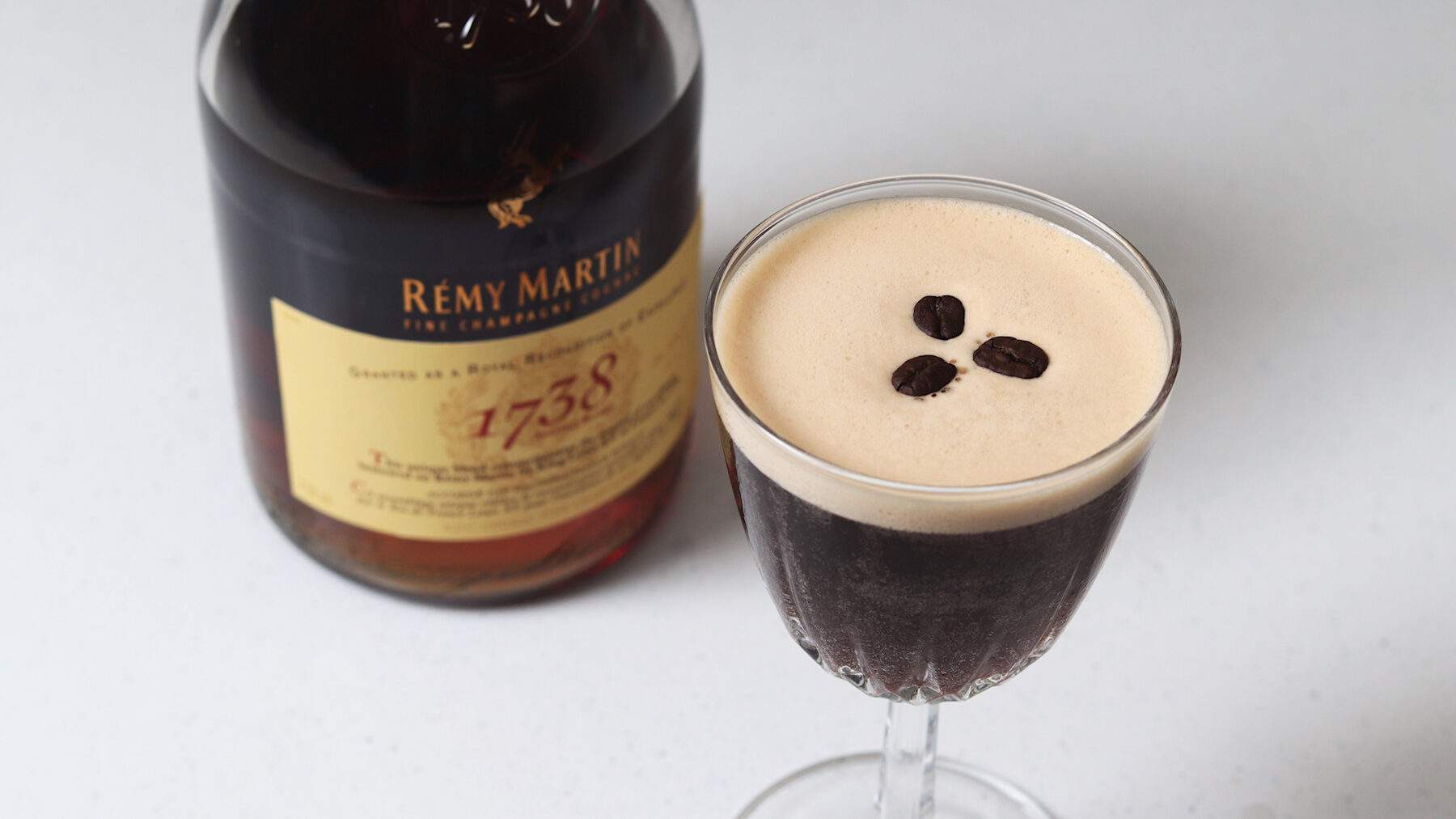When I first started digging deeper into cognac, I saw many similarities between it and other spirits, mostly whiskey and rum. It seemed to be common for many brands to not produce their own product, but rather buy unaged, or even fully aged, spirits and sell them under their own name. If you’re in the cognac region, we’d call that a négociant. But for the rest of the spirits world, the phrase Independent Bottler gets used a lot.
We’ve discussed here on Cognac Reverie about sourcing within the cognac industry and how it’s not a bad thing. Really, I don’t think it’s a bad thing in any spirits category. As long as the company is up front about where they’re sourcing from, these bottles can be incredibly amazing and let us experience unique offerings we never could have before. This has been going on in the spirits industry for as long as there has been distillation. Cadenhead’s, Gordon & Macphail, Samaroli, A.D. Rattray, and Hamilton might sound familiar to some of you who look for rum and whiskey bottles. They’ve all built their reputations on sourcing high quality spirits.
In the cognac world, there are a handful of private label bottlers doing the same thing. One of these companies is La Maison & Velier, who have been specializing in unique rum and whiskey releases for quite some time. In 2017, they launched a cognac label called Through the Grapevine (TTG). I had the opportunity to chat with Antoine Bouchard, whom is the Project and Marketing Manager for TTG. Antoine’s background started in wine as he was the owner of a restaurant with an impeccable bottle list. He was recruited to join the Velier team a year and a half ago and not only helps with their cognac portfolio, but their rum line, as well. So, what is TTG and how does it differentiate itself in the cognac category? Let’s find out.
• • • • •

Cognac Reverie: Can you start off by telling us what La Maison & Velier does? What’s their story?
Antoine Bouchard: LM&V started in 2017. It’s a joint venture between La Maison du Whisky in France and Velier in Italy. The idea was to showcase exclusive bottlings, so we joined forces to distribute these creations. But also, we wanted to create new spirit brands together. There’s definitely a focus on innovative products and new spirit labels. The big goal is to be a global distributor that solely focuses on bringing a new perspective to the spirits world.
CR: So, LM&V basically started as a company who dealt exclusively with rare, hard to find, and unique bottlings?
AB: Exactly. And we have kind of a separate department within La Maison called La Maison du Whisky Creations. That’s where TTG started and our whiskey bottlings, as well. But then, to be more coherent, we moved it all into the LM&V portfolio.
CR: It seems as if LM&V deals a lot in rum, at least here in the United States. When was the idea of TTG thought up and do you know who’s idea it was?
AB: It was created six years ago in 2017 and was an idea of Arthur Morbois. He was doing the same thing I do now. LM&V was growing more and more with its portfolio at the time. They decided they wanted to grow other categories, not just whiskey and rum. In France, we started with just whiskey, including French whiskey, then moved on to other kinds of spirits. Having a representation of French spirits seemed appropriate to us, and cognac was the first target Arthur wanted to focus on.
CR: Can you explain what the concept is behind the TTG brand?
AB: TTG is a collection of independent bottlings that showcase the incredible potential of passionate producers. Most of these barrels would end up in one of the numerous Big Four blends. We felt that it was a shame that there are so many hidden gems located in the different crus that no one ever got to see. We feel that no cru is inherently better or worse than another. TTG works with producers all over the entire cognac region from every cru to highlight the individuality of each terroir.
Many of the bottlings are single cask, or very few casks, that you’ll never see again. They’re one cru, one producer, one bottling, cask strength, no additives. We’re trying to represent the purest expression of cognac. There’s almost never water added for dilution. Occasionally, there will be just a little water, but it’s so small and well done that you wouldn’t be able to notice it. It’s a very careful selection of casks to highlight each area within the AOC.
CR: That’s actually interesting that you bring up how you want to represent each cru and that they all have something to offer. A lot of the time you hear cognac enthusiasts mention how Grande Champagne in the best and that’s all they drink. It certainly is a wonderful cru, but there is a lot more to offer in the region than just Grande Champagne.
AB: Yes, precisely. We feel like it’s very important to be open minded. Even something like Bois Ordinaires, which is considered by many to be the lowest expression of cognac, you can find some really interesting eau-de-vie coming out of that area. It’s really great to see what each of the regions have to offer.
CR: All of the cognac producers you work with are very well, if not incredibly, known family names within the industry. How do you go about choosing which houses you want to work with?
AB: You know, that’s a really interesting question because TTG was absent for about two years due to the pandemic. So, when I started with LM&V, I basically had to start from scratch. I had an excel spreadsheet with a bunch of producers on it, but I had to fill in all the blanks myself. There were a lot of calls, searching on the internet, and lots of expeditions to Cognac where I was literally knocking on doors of different producers asking if they were selling casks.
I had a list of producers we had already worked with from the first releases to the USA, but they didn’t know me and I needed to reintroduce our brand to them. I really wanted to find new names, small producers, as well. The more options we had, the better the selection process would be. Basically, it was just a lot of leg work to make relationships with these producers.
CR: And what is the selection process?
AB: It starts with talking about the project with the producers. If they’re on board, great. If not, if they don’t sell private casks, that’s okay. From there, I request a sampling from whatever casks they have available, preferably from different vintages, if possible, and always cask strength. They’ll send us the samples and then we begin the tasting process.
CR: Who is actually doing the tasting and selection of the barrels?
AB: We have a small tasting committee of about 4-5 people, myself included. Everyone comes from a different background, not only specializing in cognac. There are individuals who come from a whiskey or rum background, too. It’s interesting to get different opinions from different palates. And, of course, the CEO of La Maison du Whisky, Thierry Bénitah, is always here to taste every single sample we have.
The tasting itself is always done blind. I tend to set up the tasting based off youthfulness of the cognac, sometimes by ABV. It all depends on the sample size. But we’ll have somewhere between 8-20 glasses in front of us and make brief notes on the nose, palate, and finish. Then we grade on a scale of 1-5. After, we all openly discuss each sample, sometimes with a little debate. And sometimes with very much debate! Then we create a short list and keep narrowing it down.

CR: How many total samples are you going through?
AB: It varies, but to give you an idea, the newest selection that will be next to release, we had more than 25 producers participate. We ended up tasting over 120 different samples from 50 different vintages to arrive at a final selection of six casks. It’s a very long and tedious, yet interesting, process.
CR: A lot of the more open-minded cognac enthusiasts are really embracing Brut de Fût and single barrel expressions. But there’s still a majority of old guard cognac drinkers that only want a brand from one of the Big Four producers at 40% ABV. Do you think there’s a shift happening as a whole from this more traditional demographic into a more adventurous consumer?
AB: There’s for sure a craft movement that has been happening over the past several years. There’s a hunt for local, quality made products, which is what TTG is doing. With the Big Four, they aren’t doing anything wrong at all, but I think people are growing a more sophisticated palate. A lot of new consumers are young and just starting to define their tastes. There’s a quest for novelty with strong tastes and sensations. That’s why higher proof, additive free spirits will have a more interesting, organic profile that you can’t get with some of those heavily blended brands.
I also think people enjoy exclusivity. Single casks are getting bigger and bigger in the market. And also, the story behind the label. Not that a VS, VSOP, or XO blend doesn’t have a beautiful story, but being able to talk about that vintage and if it was a hard year is special. What went into the production of this one barrel? What kind of grape, how many years in barrel, what kind of wood was used, what kind of cellar, did it sit in a demijohn at all? These are things that sometimes can’t be answered with a blend, but we can answer them all to create a unique story for each bottle.
CR: Cognac, as I’m sure you know, is still a tough sell to consumers. Sales are certainly increasing over the last several years, but it’s still a misunderstood spirit. I’d say TTG is a super niche portfolio within a niche market in itself. Is this a sustainable project?
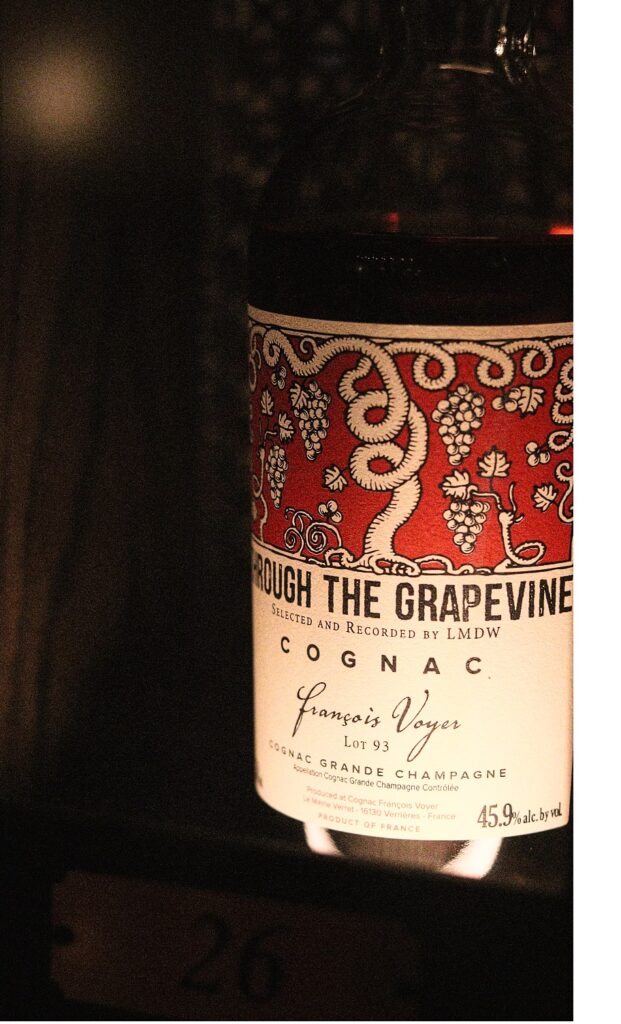
AB: You know, I would love to dust off this old school reputation that cognac has. I feel like TTG focuses on this distinctiveness and that’s what makes this range standout compared to other mainstream cognac houses. We’re trying to attract a new kind of clientele who are looking for a more refined consumption and discover more authentic products, as well. As I said before, the stories behind these specific casks and producers can really attract people.
There’s also a huge wave of new independent bottlers in France, such as Grosperrin, who are doing really great work to select delicious casks for private bottling. They keep their producers confidential for their own reasons, but it’s very interesting how they’re making their selections. Several great examples of independent bottlers exist that shows how, even with a price point that might be problematic for some people, the market seems to be moving towards a more qualitative cognac rather than a quantitative one.
CR: What seems to be the best market sales-wise for TTG? Were there any releases that went faster than others?
AB: The USA is definitely our best market. It’s the leading market in cognac period, so that’s a given. We’re focusing a lot on the USA. There’s a huge potential in Asian markets, especially China. With the growing middleclass, their budget is growing and the distributors there are looking for very exclusive products. There’s also a huge bar culture in the UK, which is also an important market to us. Oddly enough, even though we do focus on these single barrel expressions, we did end up making a VSOP for mixology that sold incredibly well in the UK.
That VSOP is all gone, so that was a great seller for us. But one specific bottle in the last release that went quick was from Camus. Certainly not one of the Big Four, but a name that people are familiar with. We managed to get our hands on a very nice single cask from Île de Ré in Bois Ordinaires. That is something quite unique. It wasn’t very old, only 11 years, but people loved it and it went fast.
CR: What excites you most about the cognac category as a whole?
AB: I think more and more houses and small producers are trying to shake things up. Some of this new thinking is rooted in the ways cognac is made. Ugni Blanc is the preferred grape, but some are experimenting with the less common grape varietals. The oak being used is another item being played with. Maison Ferrand, for example, have an eau-de-vie aged in an ex-rum barrel. People are looking for a lot more geeky information, so many producers have started adding more things to their labels to be more transparent. There are new ideas emerging everywhere. It’s a very exciting time for cognac and it’s becoming more and more dynamic.
CR: Do you have a favorite expression from the TTG lineup, either past, present, or maybe even a future release?
AB: I do, of course. One that got my attention wasn’t actually one of the selections I made. It was released before I joined the company. It was the Jean-Luc Pasquet Lot 62. An amazing bottling. Such a great nose like an old Sauternes, very candied fruit, minty, then pear notes. On the palate was white pepper. Such an amazing profile. Just fantastic.
There is also one that I want to mention that’s going to be released in the USA very soon. It’s a 1988 cognac from Château de Beaulon in the Fins Bois cru. It’s something I want to defend, the lesser-known crus. What I love about this producer is not only the flavor profile, but what’s happening behind the label. They never use Ugni Blanc in their cognacs, only the other varietals. This one specifically is 100% Colombard. It has a wonderful tannic structure with beautiful fruity aromas. It’s a very great cognac to me.

